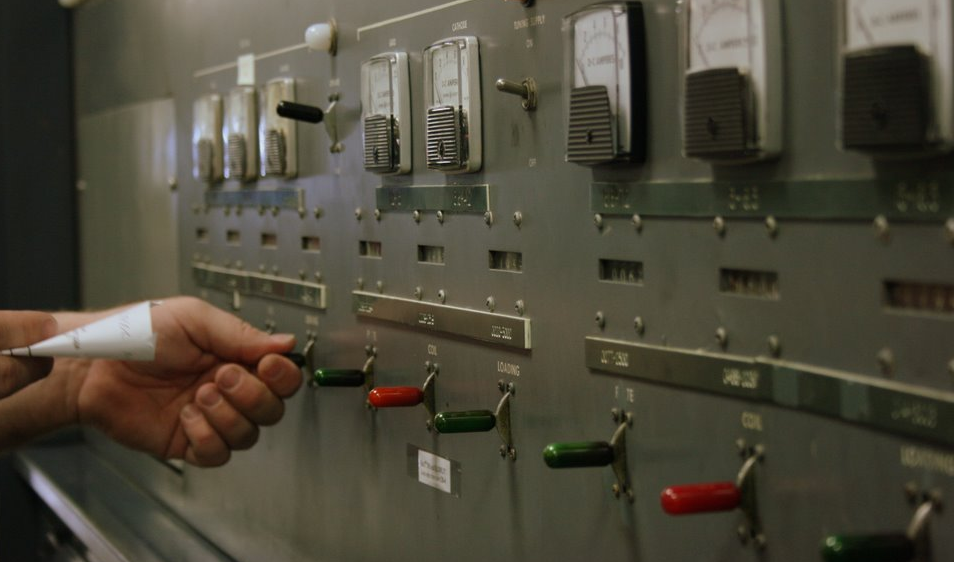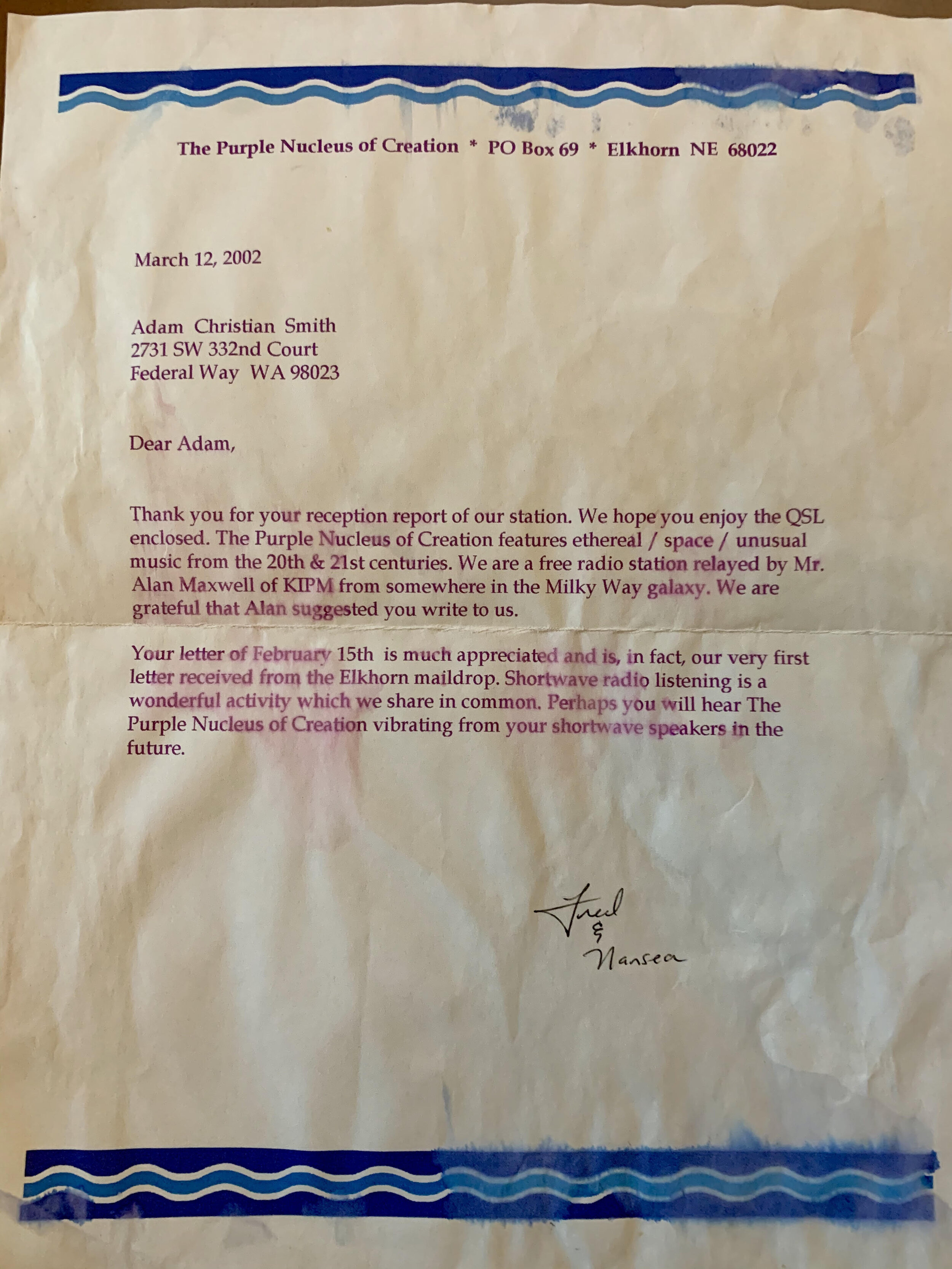For your listening pleasure: about 20 minutes of pirate radio station, Hot Legs Radio–recorded May 25, 2014 starting around 1:55 UTC.
Hot Legs Radio was broadcasting around 6,925 kHz in AM.
Hot Legs was rather weak and somewhat over-modulated. Indeed, in regular AM mode, I couldn't make out the station ID at all. Fortunately, by turning on the WinRadio Excalibur‘s AM synchronous detector and selecting the less noisy lower sideband, I dug the signal out of the noise. AM sync also helped compensate for the over-modulation.
You’ll hear me re-tune a couple of times in this recording. Hot Legs' signal was a bit of a moving target. I don’t think it would have been as noticeable in standard AM mode (which is more forgiving of drift), but in AM sync, you’ll hear a tone when the frequency shifts.
Still, I’m quite happy to have caught Hot Legs Radio–a new pirate logging! Hope to hear them on again soon.
Click here to download the recording as an MP3 or simply listen via the embedded player below:




























